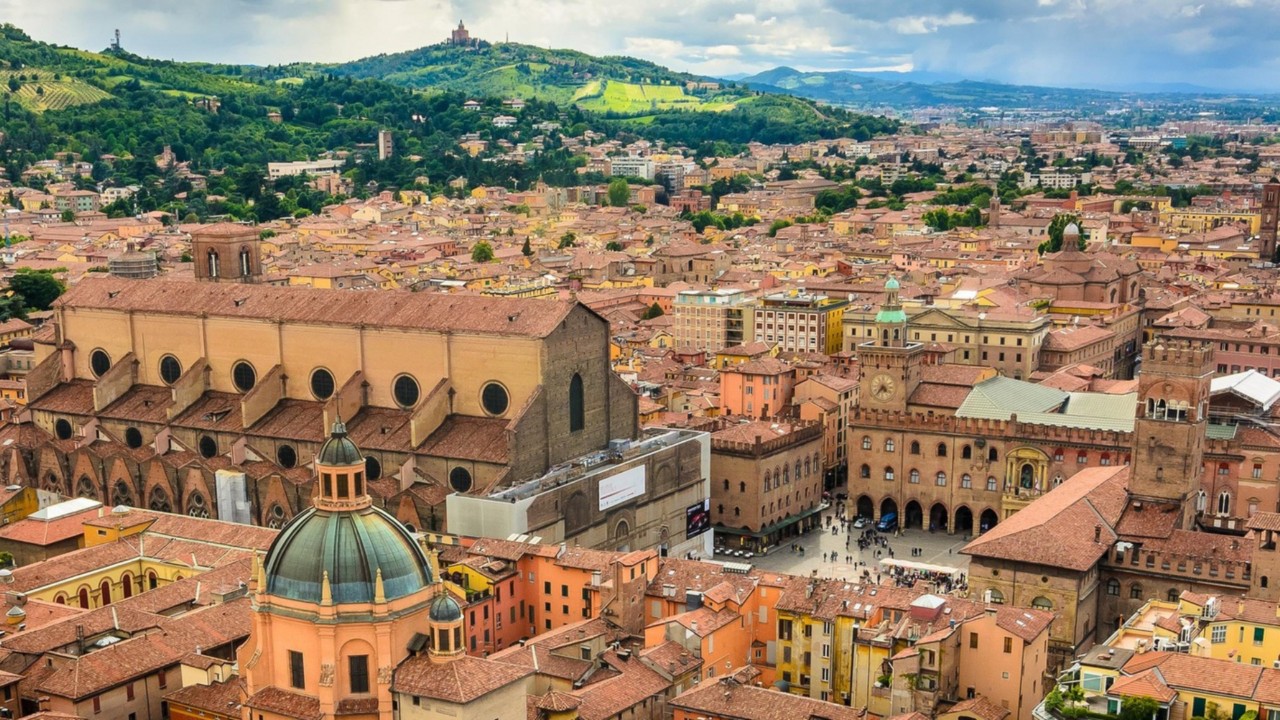Joined the programme in 2020
Bologna is Italy’s 7th most populous city with a metropolitan area of about one million people and an important agricultural, industrial, financial and transportation hub. With the Cities for Better Health programme, Bologna aims to uncover inequalities in health and strengthen the municipality’s public health efforts.

Data collected in Bologna as part of the Cities for Better Health mapping process showed an inverse association between diabetes prevalence and income. Prevalence was lower in high-income areas and higher in low-income neighbourhoods. For example, diabetes prevalence among adults in the high-income southern area of Bologna was lower (3.2%) than among adults in the low-income north-western region of the city (6.5%).
The diabetes challenge in Bologna
2x
Adults living in the low-income north-western region of Bologna are twice as likely to have diabetes compared to the high-income southern area
3x
The COVID-19 mortality rate in Bologna is almost three times higher among people with type 2 diabetes (19.6%) than those in the general population (6.6%).
When the COVID-19 pandemic threatened to halt Cities for Better Health plans in Bologna, the programme worked with its partners to map the burden of type 2 diabetes in the metropolitan and municipal areas of the city. Mapping the prevalence of type 2 diabetes revealed inequalities between high- and low-income areas, prompting Cities for Better Health in Bologna to initiate evidence-based interventions in the areas most affected by obesity and diabetes.
Data collection during the pandemic also presented a unique opportunity for the epidemiological department to analyse diabetes data related to COVID-19. The researchers determined that in the first year of the pandemic, 4.4% of people living with type 2 diabetes were infected with SARS-CoV-2 compared to 3.7% of the general population. The mortality rate was almost three times higher among people with type 2 diabetes (19.6%) than those in the general population (6.6%).
All of the new data regarding type 2 diabetes in Bologna, focusing on COVID-19 and obesity correlations, is being collected in an ATLAS that will be shared with city partners and regional stakeholders. An exciting feature of this new ATLAS will be the inclusion of a frailty map that details social and cultural determinants of vulnerability.
Bologna Capital City
Bologna Metropolitan City
Italian Municipalities Association - ANCI Emilia Romagna
University of Bologna
Local Health Authority “AUSL of Bologna”
Local Hospital Health Authority “IRCSS Sant’Orsola of Bologna”
Observatory CINECA ARNO
Italian Society For The Study Of Diabetes – SID Emilia Romagna
Italian Association Of Clinical Diabetologists –AMD Emilia Romagna
Italian Society of Clinical Pediatric Endos – SIEDP
Italian Society of General Practitioners – SIMG Emilia Romagna
People with Diabetes’ association- FeDER
Third sector/volunteer- VolaBo
National Institute of statistics – ISTAT
Centre for outcome research and clinical epidemiology - CORESARCH
Parliamentary Intergroup on QoL in Cities
Institute for Competitiveness – ICOM
Censis foundation
IBPO foundation